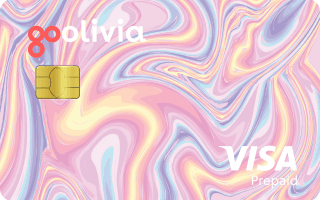

By allowing children to open their own bank account, you help them to become better at managing their money – a crucial skill that sets them up well for adulthood.
Most high street banks allow children to open a bank account from age 11 with a parent’s permission, although some have higher age limits.
Although they’ll be unable to apply for an overdraft, they will be able to set up direct debits and standing orders, just like their parents can.
Most accounts come with a debit card, which can be used to make online and offline payments. However, it is possible to use a cash card instead, which can only be used for the purposes of withdrawing money from an ATM.
It is also possible to apply for a children’s savings account or a junior ISA, or a prepaid card that can only be topped up by you via a mobile app.
Banks and building societies set their own individual age limits for children’s bank accounts, although most children’s accounts with the major banks are available for those aged 11 to 17.
In most cases, if your child is under 16, you’ll have to visit a local branch with your child to open an account in their name. During the application, you’ll confirm whether you’d like your child to use a cash card or a debit card. Learn more about the requirements for opening a child’s bank account and what age you have to be to open a bank account.
If you don’t want to visit a branch, consider opening a children’s account with an online-only bank.
There are plenty of children’s current accounts which pay interest on in-credit balances. You can open an account with as little as £1.
To find the most favourable deal, see our guide on the best children’s current accounts.
Children’s savings accounts typically offer more generous interest rates than current accounts. However, most of them come with limits on withdrawals.
Learn more about children’s savings accounts here.
With a prepaid card, parents can enjoy greater control over their children’s spending, as most accounts come with an app that notifies them whenever a purchase is made.
Parents can top up their children’s accounts with money from their own prepaid account or their own bank accounts. It is not possible to set up direct debits or standing orders with a prepaid card.
We have a dedicated guide on prepaid cards for kids.
Find out how many more months you need to save to reach your desired savings goal

All the content may be republished with a link to this page
Press enquiries
Learn more about the RBS Revolve current account to see if it’s right for your child.
Learn more about the Nationwide FlexOne account to see if it’s right for your child.
Find out all you need to know about the Starling Bank teen account.
Help your child get better at managing money with the RBS child accounts.
While Santander doesn’t offer much in terms of savings accounts for children, its 123 Mini Current Account is a solid option for kids and teenagers. Here’s how it works.
Digital challenger bank Starling has launched a new children’s app for its Kite debit card. This prepaid card for kids comes with parental controls and can be managed from the parent’s banking app.
We have a look at Revolut’s take on a child’s account, which comes with a prepaid debit card and its own app.
Rooster Money offers a colourful app to teach your kids about budgeting and makes a valid alternative to the traditional children’s current account.
With nimbl, children as young as 6 can use a card and manage their money through an app. We cover how it works, the fees, and the pros and cons for parents.
Looking to get your child a debit card? Check out Osper’s prepaid card and app.